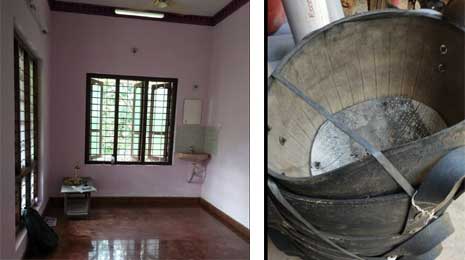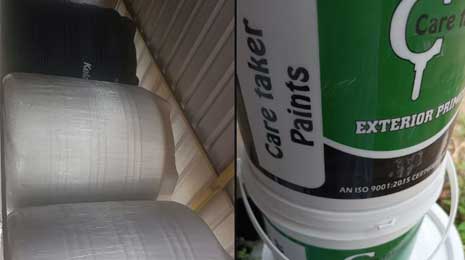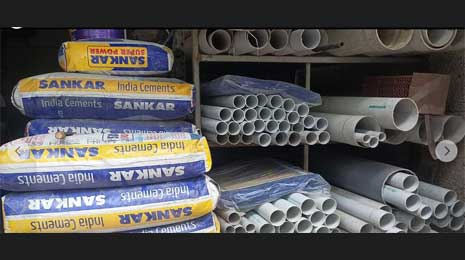For The People, Kallikadu, Thiruvananthapuram
For The People, Kallikadu, Thiruvananthapuram is one of the best in the field of Building Materials Suppliers in Thiruvananthapuram.
Location, Overview and Description:
For The People, Kallikadu, Thiruvananthapuram was established in the year 2022. For The People, Kallikadu, Thiruvananthapuram is one of the best in the field of Building Materials Suppliers in Thiruvananthapuram. This well established firm has become popular for its excellent service and customer orientation. With this excellent customer service, they succeeded in getting a huge base of customers, which is increasing day by day. The dedicated employees of the firm who are committed to their roles and customers, are always ready to extend their service to the customers, to achieve the vision and the larger goals of the company. The company aspires to extend their service to a larger clientele in the coming days. Located at one of the prime locations in the city, is yet aher advantage. As there are various mode of transport available to reach this location, there is absolutely no difficulty in reaching here. The prominent landmark is Kallikadu Junction.
Services offered by For The People, Kallikadu, Thiruvananthapuram:
- JCB Rent
- Hitachi Rent
- Beer Waste Suppliers
- Building Materials Suppliers
- Cement Suppliers
- Steel Suppliers
- AAC Block Suppliers
- Tmt Steel Bar Suppliers
- M Sand Suppliers
- P Sand Suppliers
- Sand Suppliers
- Mettal Stone Suppliers
- Para Podi Suppliers
- Rock Sand Suppliers
- Brokers
- Real Estate Agents
- Real Estate Consultants
We are one of the best in the field of Building Materials Suppliers in Thiruvananthapuram. The working hours are from 09:00 AM - 06:00 PM.











